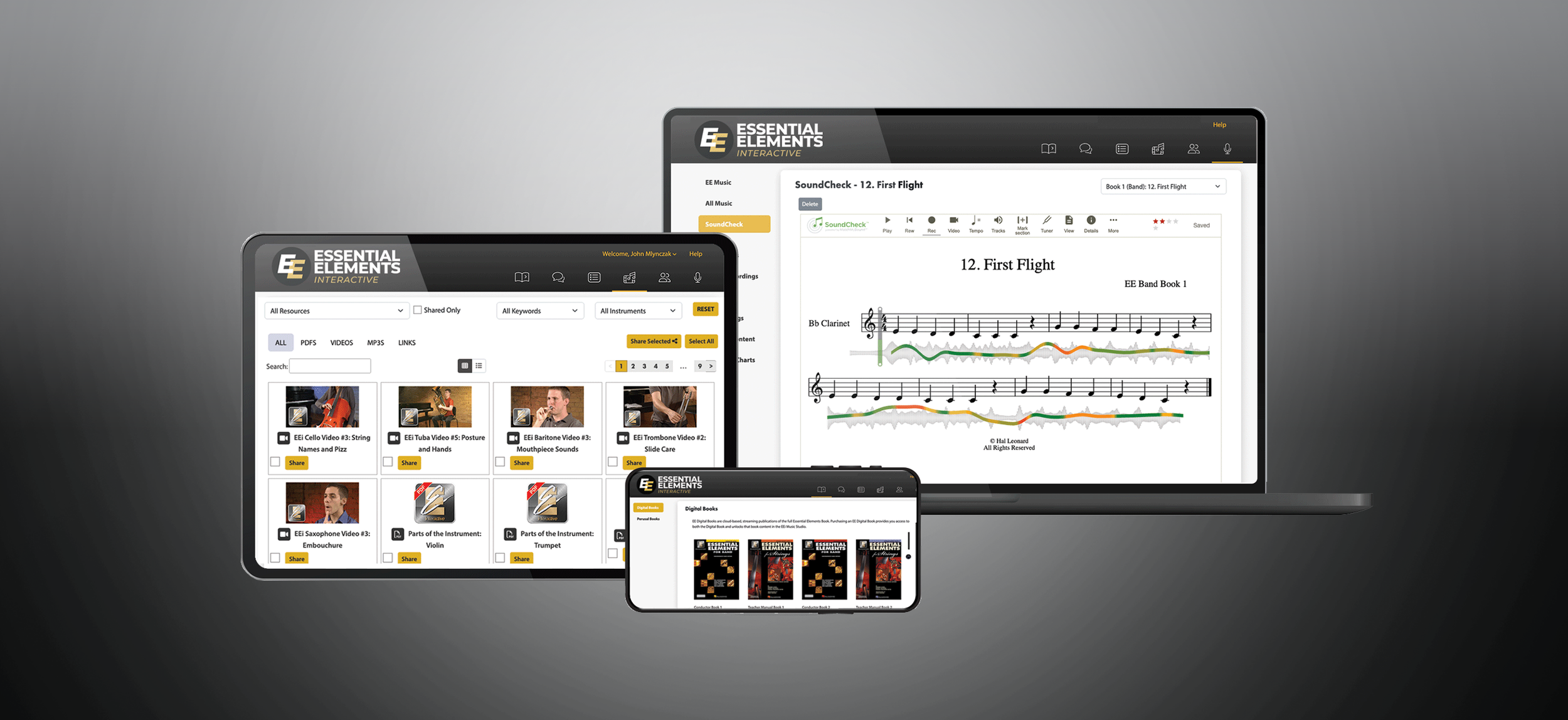For many music educators, chair placement and auditions are a double-edged sword. On one hand, they provide structure, motivation, and a clear sense of accountability. On the other, they can sometimes create unnecessary stress, inequity, or feelings of defeat among students. The key is finding a process that both challenges and supports your ensemble.
Why Chair Placements Matter
Chair placements help directors ensure that parts are balanced and that leadership roles (like principal chairs) are filled by students ready for the responsibility. They also motivate many students to practice and strive for higher achievement.
But fairness is critical. Students want to know the process isn’t subjective. Transparency in audition materials, expectations, and grading rubrics goes a long way toward creating buy-in and trust.
Strategies for Running Fair Auditions
Share Criteria in Advance
Post the music, expectations, and rubric well before the audition date. Students should know exactly what skills are being evaluated.Blind Listening (When Possible)
Have students perform behind a screen, or number their recordings to remove bias. This emphasizes musicianship over personality or reputation.Use Clear Rubrics
Focus on tone, rhythm accuracy, intonation, and musicality. Rubrics keep grading objective and give students clear feedback.Record & Review
Recording auditions can protect both you and your students. It allows for second listens, reduces pressure, and provides valuable feedback for improvement.
Alternatives to Traditional Chair Placements
Not every program needs fixed chair rankings. Here are alternatives:
Rotating Parts: Assign different parts per piece or by concert cycle.
Small Group Features: Let students trade off leading lines in sectional or chamber settings.
Leadership by Role, Not Rank: Assign principal players to lead tuning, lead a sectional, or mentor younger students rather than always “holding first chair.”
Final Thoughts
Chair placements don’t need to divide your ensemble; they can be an opportunity to inspire growth, confidence, and collaboration. Whether you choose traditional auditions or explore alternatives, the most important thing is that students feel respected, supported, and motivated to keep improving.


